
A colourful neon installation by Jason Rhoades in the home of German art dealer David Zwirner
Art collector and author Tiqui Atencio is the founder and chair of the Tate Latin America Acquisition Committee and a trustee of the Solomon R. Guggenheim Foundation amongst numerous other philanthropic arts and culture organisations. As part of our ongoing philanthropy series, she discusses her latest book, the importance of collecting art and her efforts to promote Latin American artists

Tiqui Atencio
LUX: How did you come up with your idea for your book For Art’s Sake?
Tiqui Atencio: The idea for my second book, For Art’s Sake was born whilst I was writing my first book, Could Have, Would Have, Should Have. For me, it was a natural progression. After visiting the homes of the collectors that I interviewed, I decided I wanted to write a book with photos about art dealers. I wanted to see how they lived in their homes with the artists they represent and collect. I wanted it to reflect their passions, motivations, pursuits, adventures, and personal choices.
Follow LUX on Instagram: luxthemagazine
LUX: ‘Heroic commitment’ or ‘crazy silliness’ – how is collecting art different from buying art?
Tiqui Atencio: Buying art can be different from collecting if the intention of the person buying the work is different from buying to form a collection, or increase one. Motivations and objectives are very varied. Some are committed collectors that go the extra mile to get what they want, others are not as passionate or dedicated. I would never describe it as silliness or craziness; it’s more like a steadfast passion.
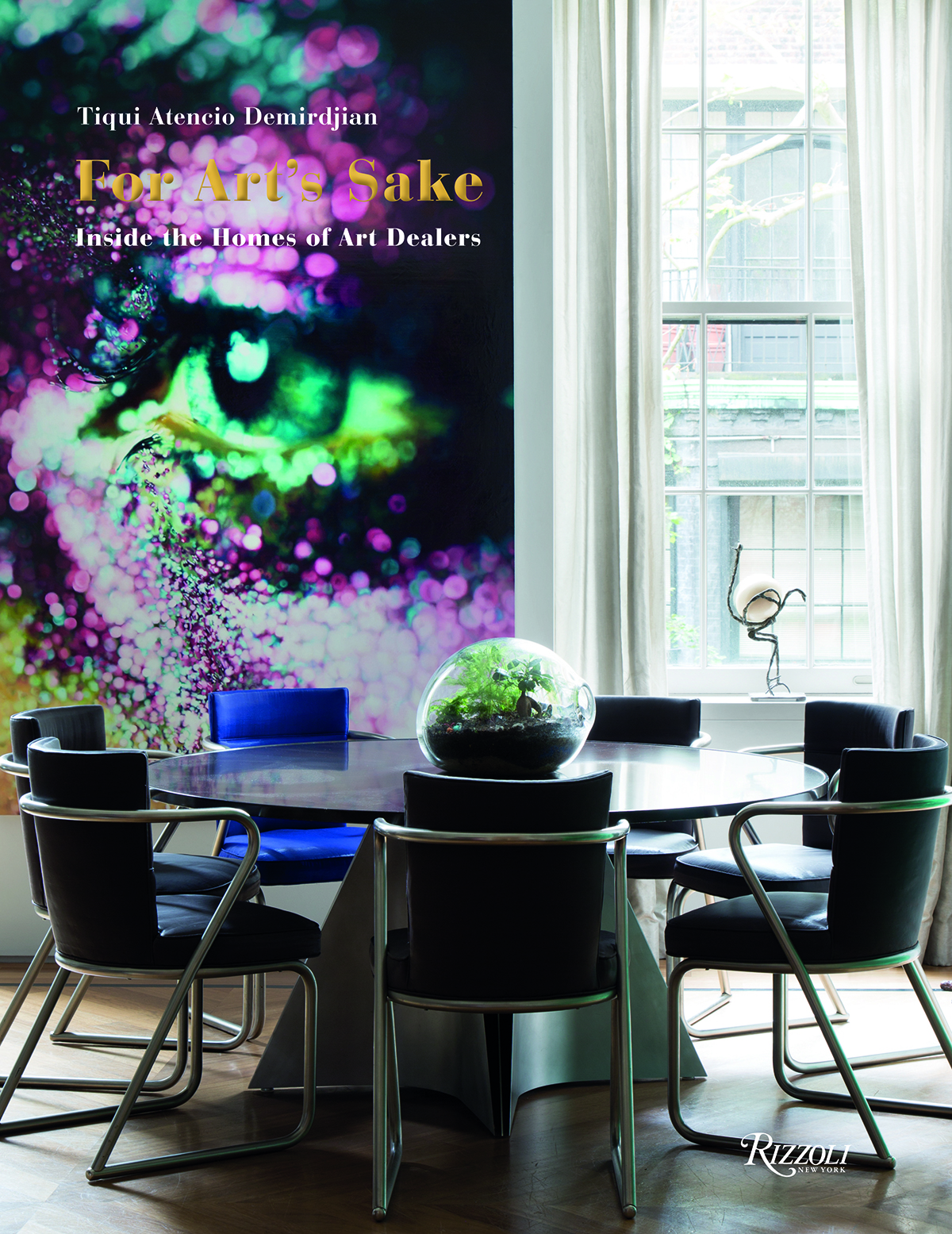
The cover of For Art’s Sake by Tiqui Atencio, published by Rizzoli New York
LUX: How do you gain the trust to access these private homes with the team?
Tiqui Atencio: Most of the dealers I approached and interviewed were either trusted friends or people I had met through the art world at different occasions over the years, sometimes having bought from them myself.
Read more: Lamberto Frescobaldi on 1000 years of tradition and wine
LUX: From your interviews, what essential principles guide an architect or designer in showcasing a collection?
Tiqui Atencio: I believe that a good designer or architect will take into consideration the taste of their client in art, their collecting patterns, and preferences in lifestyle and choices in home living.
LUX: Among the homes you have visited, do you have any personal favourites?
Tiqui Atencio: Every home and collection had a certain angle of attraction, and I can’t say I had a favourite one, but being originally Latin American I could have moved in Luisa Strina’s home in São Paulo with only a toothbrush.
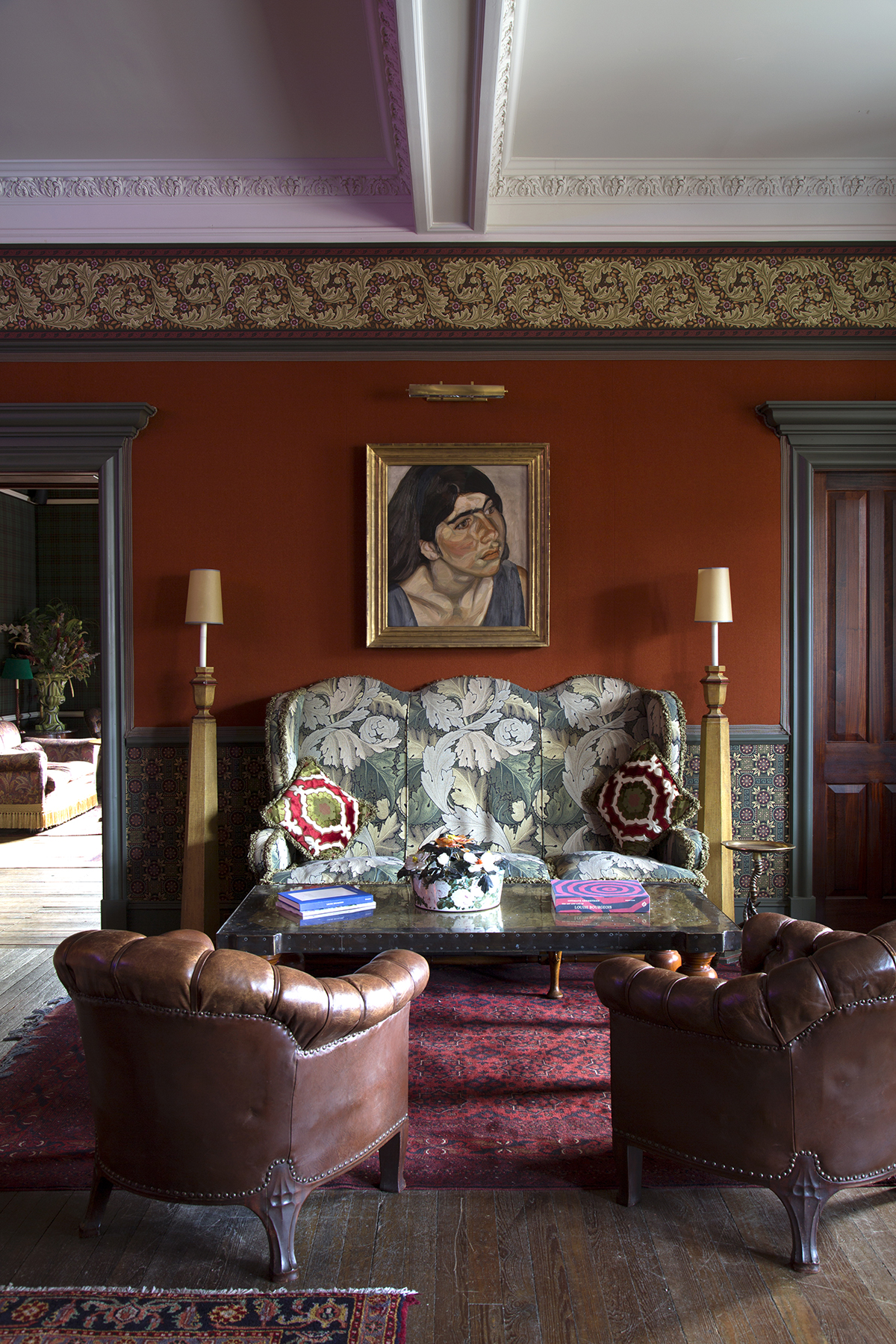
Lucian Freud’s Annie, a painting of the artist’s eldest daughter from 1962, hangs above a sofa upholstered in William Morris “Acanthus” print in Iwan and Manuela Wirth’s home in the Scottish Highlands
LUX: How do you think your own approach to collecting has changed over the years?
Tiqui Atencio: At the beginning, when I was very young, I was buying what I liked without too much information. With time and experience, I buy with more caution and research, but still following my heart and instincts.
LUX: For Art’s Sake integrates with your other roles within art philanthropy, what are you most proud to have achieved with its publication?
Tiqui Atencio: I am very proud to inform the readers of my books about the sense of sharing, giving and philanthropic commitment to the art world that most collectors, through their collecting practices have given to humanity. Their sense of responsibility, their generosity and their role in promoting art and culture.
Read more: How women artists are reshaping art history
LUX: What inspired you to become Chair of the Tate Latin American Acquisition?
Tiqui Atencio: I was part of an effort to increase the holdings of Latin American Art for the Tate. The intention was to promote the art and artists from the region of the world where I was born. So, I came up with the idea of forming a committee who would be willing to support this initiative, and that is how the Latin American Committee for Tate came to life.
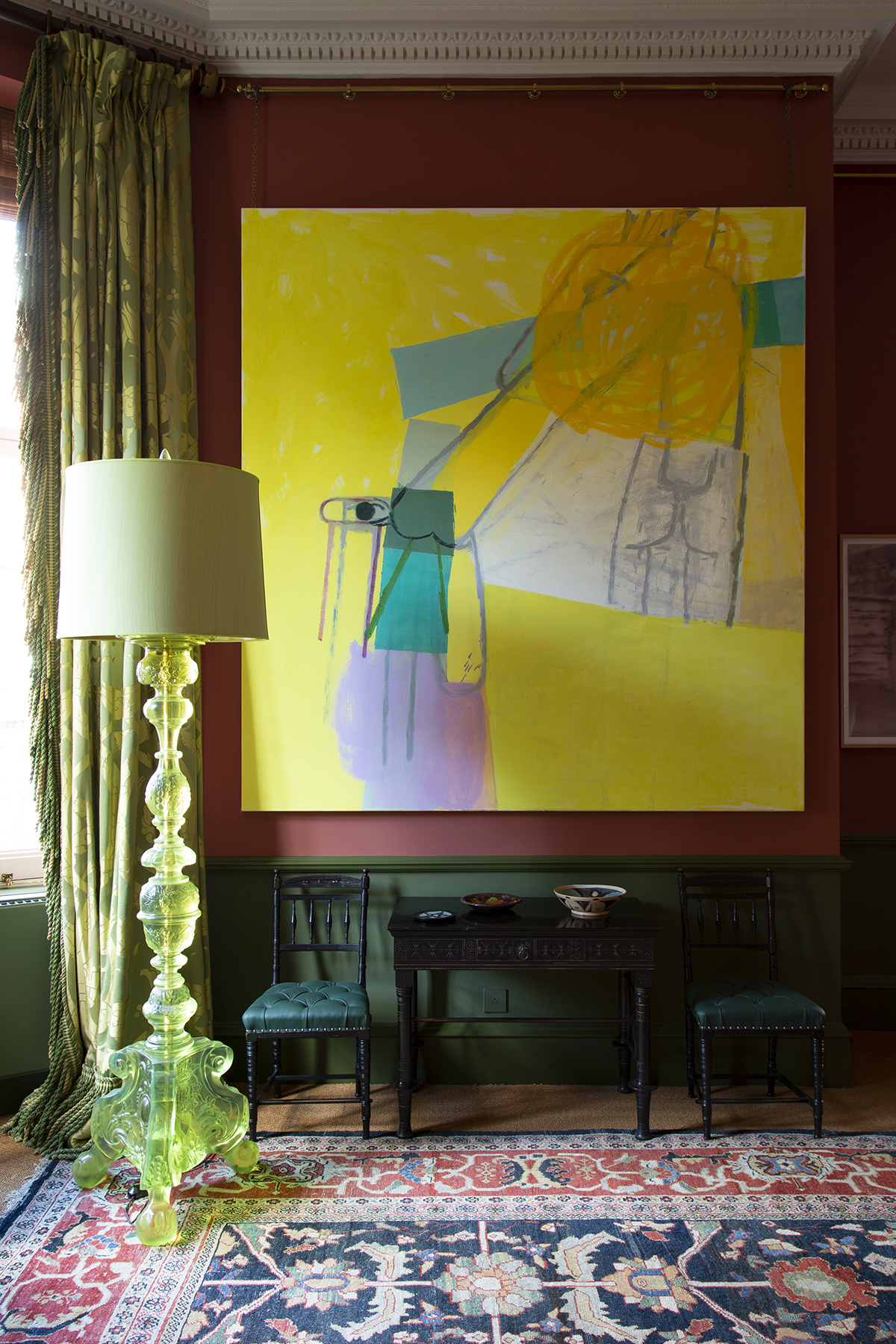
Platypus, 2009 by Amy Sillman in the home of British art dealer and collector Ivor Braka
LUX: Have you found that the pandemic has affected art buyers’ attitudes?
Tiqui Atencio: Yes, personally I am buying less. I am longing to go back to the fairs and auctions of the past to see and feel the emotions and excitement of falling for a work of art. I have bought online, but not often and I can’t say it’s the same experience.
LUX: Do you think the pandemic has affected fine artists’ creativity?
Tiqui Atencio: I believe the pandemic has affected us all in some way – positively and/or negatively. With time, it will be interesting to see what comes out of this challenging moment. I am a positive thinker and I do believe we will come out better than we think – same with artists!
LUX: What is your favourite period of art?
Tiqui Atencio: I confess it’s mid-century Latin American Art, but my taste is very eclectic and varied and in my collection, there are many periods and styles.
Find out more: tiquiatencio.com

Alia Al-Senussi is an academic and global arts patron. Photograph by Anton Corbijn
Alia Al-Senussi grew up between Egypt, South Dakota, and Minnesota, and is now based in London where she works as a cultural strategist with a special focus on young patronage and culture within the Middle East. She is the Art Basel Representative for the UK and MENA, a senior advisor to the Ministry of Culture of Saudi Arabia and a guest lecturer at institutions such as Brown University and Sotheby’s Institute. Here, Al-Senussi discusses her philanthropic efforts, work in Saudi Arabia and belief in art as a catalyst for social change
LUX: What forms the basis of your passion for art and culture? When did this interest begin?
Alia Al-Senussi: I am passionate about contemporary art and supporting living artists. I focus mostly on Middle Eastern art and artists as this is close to my heart and my heritage. I very much hope I see the day when more artists of Middle Eastern origin are integrated in to the wider art world, and society looks past myopic views of political systems and embraces people, and the change they are trying to bring.
Follow LUX on Instagram: luxthemagazine
The first time I really understood what contemporary meant in the context of art was visiting Tate Modern in January 2004, and experiencing the life-changing work by Olafur Eliasson The Weather Project. It felt like an overwhelming moment: to gaze into this vast space and to see people treating a museum like a social space rather than a temple to worship art. In this way, art could change the way we see and the way we act—I became a believer.
Art provides an alternative discourse by which we can solve problems, promote heritage and instil a sense of national pride. My hope has been that by educating artists and patrons we can then educate the wider population on the benefits that art can bring to their everyday lives, not only beautifying the communities where we live, but also promoting more creative ways to solve problems, bridge differences and build community sentiment and strength.
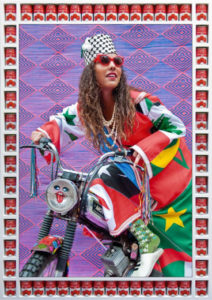
H.R.H Alia, 2016, Hassan Hajjaj. Courtesy the artist
LUX: What is it about certain contemporary artists such as Manal Al Dowayan that so inspire you to champion them?
Alia Al-Senussi: In Saudi artists and patrons I see this deep commitment to art as a cornerstone of an evolving society. I am proud to be a part of this fascinating art world, and to help introduce more and more of my friends to Saudi culture, and to artists like Manal AlDowayan, Dana Awartani and Maha Malluh. These pioneers, of all ages, have been the voice of their society, as well as patriot activists. They are change-makers as well as cheerleaders, leading us all in to a brave new world.
Phil Tinari, a dear friend, and brilliant cultural leader, visited Saudi Arabia at my invitation in September 2019, and immediately understood what was unfolding. He has since agreed to work with me and our team at the Ministry of Culture, as the curator for the inaugural Ad-Diriyah Biennale. Collaborating with Phil has been a sustaining (and guiding) light in this year of uncertainty amidst Covid-19. Phil sent me this message the night he arrived to Riyadh, illustrating just how quickly he grasped the changes afoot – it is a quote from Václav Havel’s 1994 speech The Need for Transcendence in the Post-Modern World:
“Today, this state of mind or of the human world is called postmodernism. For me, a symbol of that state is a Bedouin mounted on a camel and clad in traditional robes under which he is wearing jeans, with a transistor radio in his hands and an ad for Coca-Cola on the camel’s back. I am not ridiculing this, nor am I shedding an intellectual tear over the commercial expansion of the West that destroys alien cultures. I see it rather as a typical expression of this multicultural era, a signal that an amalgamation of cultures is taking place. I see it as proof that something is happening, something is being born, that we are in a phase when one age is succeeding another, when everything is possible. Yes, everything is possible, because our civilisation does not have its own unified style, its own spirit, it’s own aesthetic.”

Al-Senussi with friends at Roden Crater. Photo courtesy Alia Al-Senussi.
LUX: The world is watching the next generation of Saudis and there is an optimistic outlook for women’s voices to be heard – how have you found your passion for politics, power and patronage is received among educated women of influence in Saudi?
Alia Al-Senussi: My work in Saudi Arabia has been multifaceted, as I have been part of the moment when this cultural community came together and continued to evolve. I was lucky to have been introduced to Saudi through family, and then friends, and to have been there at the first moments of a cultural reawakening almost two decades ago, helping to make connections amongst members of the community within and outside of the Kingdom. Women were then, and still are, at the forefront of culture and are change-makers at every level.
Read more: Life coach Simon Hodges on how to thrive in uncertainty
The idea that culture can change a community was instilled in me throughout my life, but never more so than through my work with Art Basel. I have been able to translate this to so many parts of my personal and professional lives. My colleagues at Art Basel and in Saudi embrace the belief that culture has power; that it is at the nexus of change and positive evolution.
LUX: You are renowned not only for your intellect, but also for your drive. How much of your time does chairing or founding patron groups take up?
Alia Al-Senussi: I actually think I fried brain cells rather than grew them getting my PhD! It certainly was an intellectual exercise, and one that made me realise how important it is to continuously exercise one’s mind, as well as emotions. My mother instilled in me a sense of honesty, integrity and work ethic. She taught me that one must not rest on history or title, but one’s own value and contributions to society. My maternal grandfather often discussed the value of “being a productive member of society.” I have taken these values to heart and strive to make a contribution, big or small, in any way I can through the work I do.
Most of my personal and professional time is taken up with activities in art and culture. I am fortunate that many of my friends are also intimately involved in the art world so I can share these fantastic and special experiences with them. It makes it a lot easier to keep busy with work when you do it with people you love and admire!

Al-Senussi at Mada’in Salih, an archaeological site located in the area of AlUla within Al Madinah Region in the Hejaz, Saudi Arabia. Photo courtesy Alia Al-Senussi.
LUX: What exactly is your role as Chair of the Tate Young Patrons, and how do you ensure you get optimum results?
Alia Al-Senussi: I served as Chair of the Tate Young Patrons for 5 years, and now sit on the Director- and Board- appointed Tate Modern Advisory Council as well as being a founding member of the Art Now Supporters Circle (Tate Britain). The Tate holds a very special place in my heart. It was one of the first institutions I got involved with in London, through the Young Patrons. Then the Middle East and North African Acquisitions Committee was launching and I was one of the first people on board. One thing led to another and I was asked to be a Young Patrons Ambassador, and also to represent the Young Patrons on the advisory board of the Tate. I feel like the Tate is family and also that I have a responsibility to help it evolve and grow, not just in London, but in the Middle East also, and in terms of its role in society, particularly at this fractious time.
LUX: Can you tell us a little about your work with Delfina Foundation?
Alia Al-Senussi: ‘A rising tide lifts all boats’ – that is my motto, and one that I see embodied in the work of Aaron Cezar in his role as Director of Delfina Foundation. Aaron, and the foundation, are unlike any other. Delfina is a home, not just at its physical space in London, but also throughout the world whenever you come across residents (artists, curators and collectors). Delfina Foundation is a safe haven, and Aaron is the ultimate angel, providing solace and shepherding our entire community to embrace new concepts while breaking down the intellectual barriers that keep us apart.
Read more: Juanita Ingram on empowering women in the workplace
LUX: What are your proudest achievements?
Alia Al-Senussi: I discovered my passion for art and the art world by chance. Upon graduating with my MsC from LSE, some friends recommended that I meet Michael Hue-Williams to work on a project he had created in Siwa, Egypt, with the world-renowned artists Ilya and Emilia Kabakov.
I had never worked in the arts, but as I had an interest for non-governmental organisations working in the Middle East, I thought this would be an interesting first job for me. Also, the fact that Siwa bordered Libya was particularly poignant.
In the end, it was fate and I fell in love with art, the art world and everything about it. I saw it as being a perfect way for me to balance my interest in political science, international relations and the history of the Middle East with a “softer” way of approaching the difficult issues facing the region.
My entire life is shaped by this first art world experience, and by the belief that an international cosmopolitan world is a better one. Every time I make an introduction, conceive a project or bring people somewhere new, I feel a deep sense of pride – the world shrinks that tiny bit more and we learn more about our neighbours and about humanity.
LUX: How will COVID-19 affect what do you do?
Alia Al-Senussi: I hope, and fervently believe, that people will realise the importance of culture in this new and renewed world. Of course things are moving online in the short term, and I believe that this means we can share our shows and messages with a wider audience and hopefully make them want to come see things in real life. Art Basel provided me, and so many, with an online community, but this was not a substitute for the thrill of interacting with people, swapping stories, having fun and experiences in Hong Kong, Miami and Basel.

Al-Senussi at The Lightning Field.
LUX: We know you have been passionately engaged with the US election process and we would love you to share with us a few ways you think the result will benefit the work of your partners over the next four years.
Alia Al-Senussi: I have decided to embrace beauty. I also have committed myself to art and artists that reflect my values, and who work to effect positive change in their worlds, and in mine.
A large part of my Libyan identity was actually shaped by my mother, an American of Scandinavian-German origin who grew up in Worthington, Minnesota. My mother studied International History for her Bachelor’s degree in Minnesota. She fell in love with Middle Eastern culture so upon graduating decided to pursue a Master’s at the American University of Cairo. It was in Cairo that she met my father.
My American identity is inextricably linked to my Libyan heritage, to my belief in an international cosmopolitan world, and to the life I have built for myself in London, the Middle East and Asia. Everything I held dear was shattered in 2016, by others’ small-minded desire to isolate ourselves from the “other” in the US and the UK. I couldn’t imagine that was the world I was living in. How could my community reject the essence of me in such a way? My friends bundled me up, helped me to heal and gave me my marching orders (literally!). Going to the Women’s March in Washington was a therapeutic moment, and now four years later I see the change again, and I am hopeful we can rebuild and evolve by making a world that is more equitable and by embracing the ideals that I hold dear.
LUX: Any other advice for our readers who might be considering going into art philanthropy?
Alia Al-Senussi: Artists, collectors and institutions are becoming more aware, and truly taking ownership of their ability to be change-makers. I applaud institutions like the Tate that are working to accurately reflect our world in their galleries—a global cosmopolitan world.
Fill yourself with passion, surround yourself with people you admire and embrace the idea of what is right, rejecting what is wrong. As mentioned before, a rising tide lifts all boats, so make sure your community rises with you.
Follow Ali Al-Senussi on LinkedIn: linkedin.com/in/alia-al-senussi
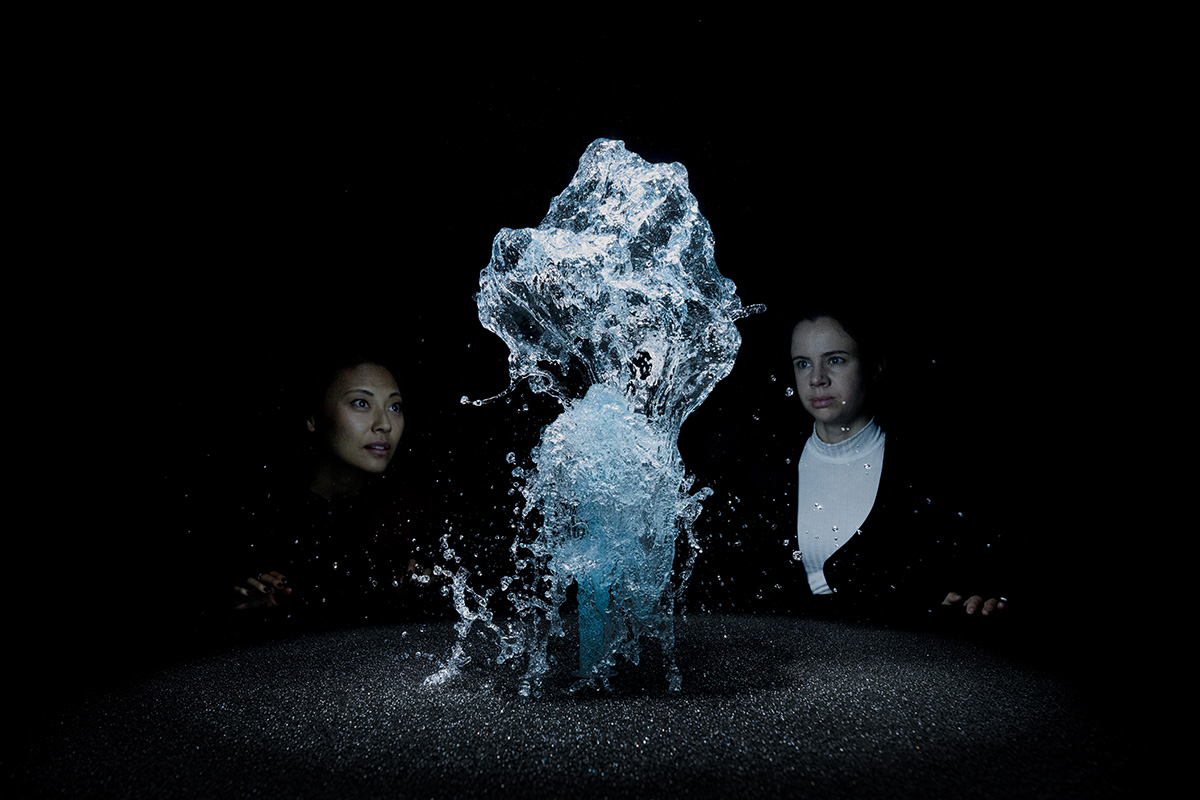
‘Big Bang Fountain’ (2014) by Olafur Eliasson
The Icelandic artist Olafur Eliasson famously brought the sun to Tate Modern. He is now returning for a major retrospective this summer. He talks art, cuisine, and slumber with Christopher Kanal
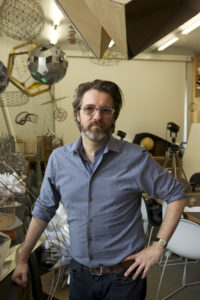
Olafur Eliasson
“I am incredibly happy about the whole thing,” Olafur Eliasson explains of the major retrospective of his work at Tate Modern in London that opens in July 2019. With ‘Olafur Eliasson: In real life’, the revered Danish- Icelandic artist returns to Tate 16 years after his ground-breaking The Weather Project famously filled the gallery’s Turbine Hall with the illusion of a sunset that was as eerie as it was sublime. Hazy memories of basking in the dazzling surreal sunlight mask the fact that The Weather Project has been one of the most critically acclaimed art installations so far this century and was experienced by over two million people.
Follow LUX on Instagram: the.official.lux.magazine
“We were lucky to warm up with the iceberg project,” Eliasson says with a gentle laugh. In December 2018 Eliasson staged a feat that could have come straight out of an Icelandic saga, but which had a very contemporary and urgent environmental message. The Scandinavian artist hauled centuries-old icebergs from Greenland to the banks of the river Thames to demonstrate the effects of climate change. Twenty-four icebergs, originally from the Nuup Kangerlua fjord in south-western Greenland, and weighing up to six tonnes each, were placed in a circle outside Tate Modern and another six were put on display in the City of London as part of Ice Watch, a collaboration with award-winning Greenlandic geologist Minik Rosing. People gawped at, touched and even tasted the ice. “I’ve been studying behavioural psychology, and looking into the consequences of experience,” says the artist. “What does it mean to experience something? Does it change you or not change you?” When Ice Watch London debuted, Eliasson and Rosing pointed out the sobering statistic that 10,000 blocks of ice such as these are falling from the ice sheet every single second.
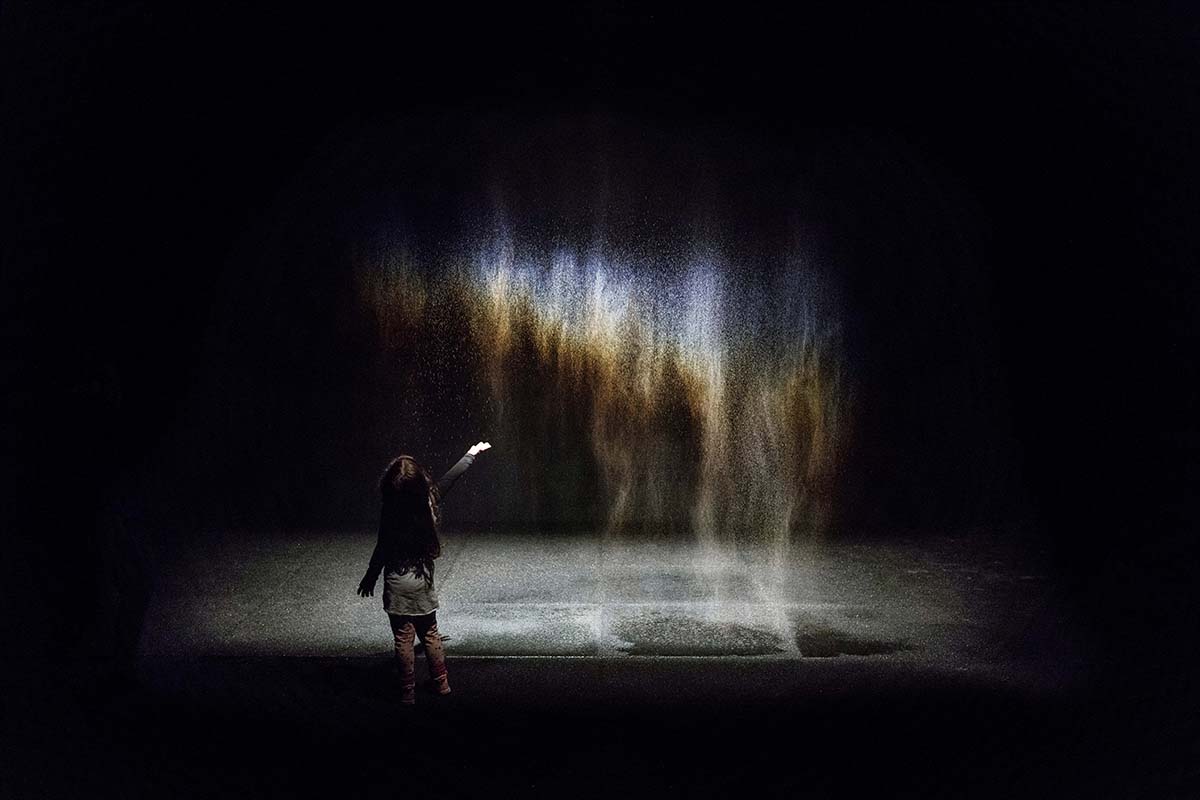
‘Beauty’ (1993) at the Moderna Museet, Stockholm, 2015
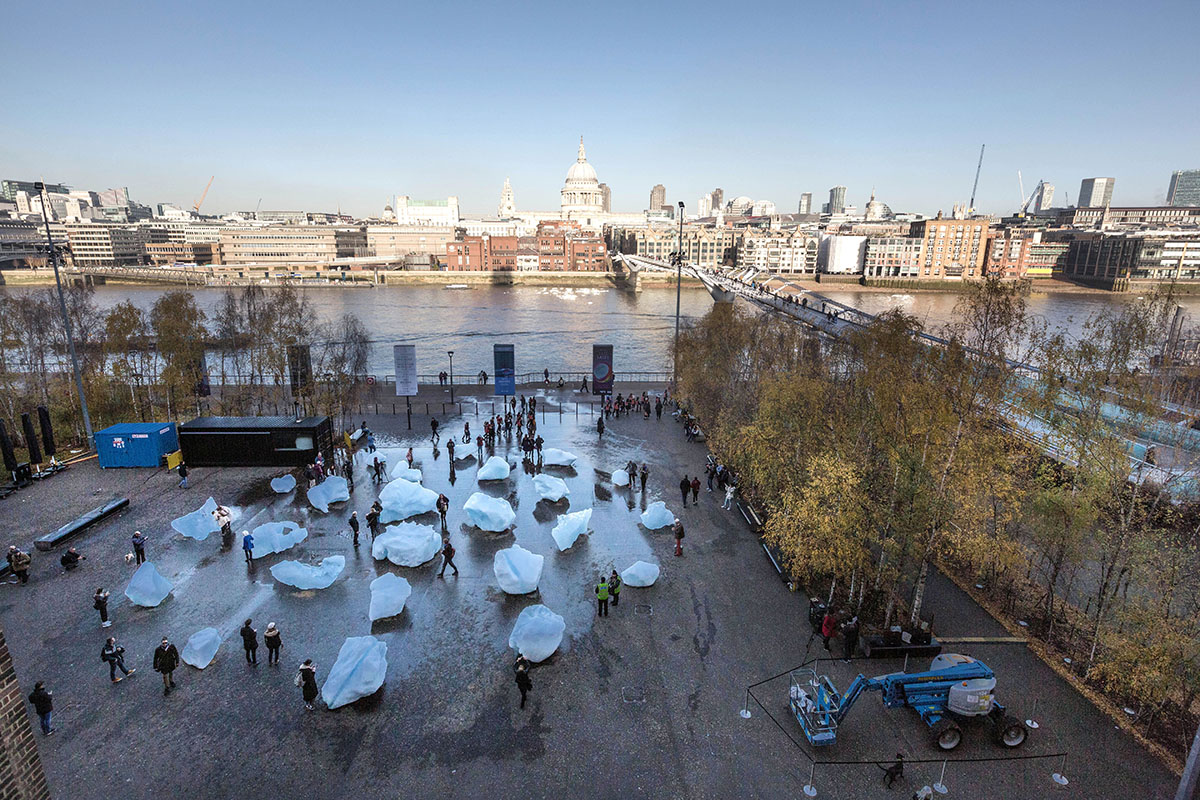
‘Ice Watch’ (2018) by Eliasson and Minik Rosing, outside Tate Modern, London
Of course, Eliasson is not just celebrated for The Weather Project and icebergs. His varied works span not just temporary public art projects such as The New York City Waterfalls (2008) and large civic projects, such as the design of the façade of the Harpa concert hall and conference centre in Reykjavík (2013), but also small art projects and social enterprise endeavours. For Glacial Currents (2018) Eliasson created a group of watercolours produced using ancient glacial ice fished from the sea off Greenland. The ice was placed atop thin washes of colour on paper. As the ice gradually melted it displaced the pigment to produce extraordinary shades.
The studio’s Little Sun project, meanwhile, provides clean, affordable solar energy and light through a simply designed LED solar-powered lamp. “It brought me back to being a student,” he says of envisaging the design. “This is of course the greatest thing that you are not in fact getting older but you are getting younger.” The Little Sun lamp, which was launched in 2012, produces up to five hours of bright light. Over half a million lamps have been distributed to off-grid communities in 10 African countries.
Read more: Why you should be checking into L’Andana in Tuscany this month
The prolific 52-year-old artist is also an avowed foodie. So much so, that his Berlin studio has a professional kitchen run by his younger sister Victoria Eliasdottir. “This experimental kitchen is very much part of the life of the studio where dining together and sharing ideas has become enormously important for us,” he says. “The food in the studio is more family style where we put the pots on the table and we eat out of them,” he says, adding, “It’s not French service.” In late summer 2018, the siblings opened Studio Olafur Eliasson (SOE) Kitchen 101, a temporary restaurant/gallery by Reykjavík’s harbour and it became a hugely popular hangout. “Really great food always has a frictional element because it reminds you of all the not-so-great food you have eaten,” Eliasson says. “Good food is always on a trajectory and a journey. A great cook shapes a taste just as an artist shapes a sculpture. In that way great cooking is a very sensual, alchemic activity.”
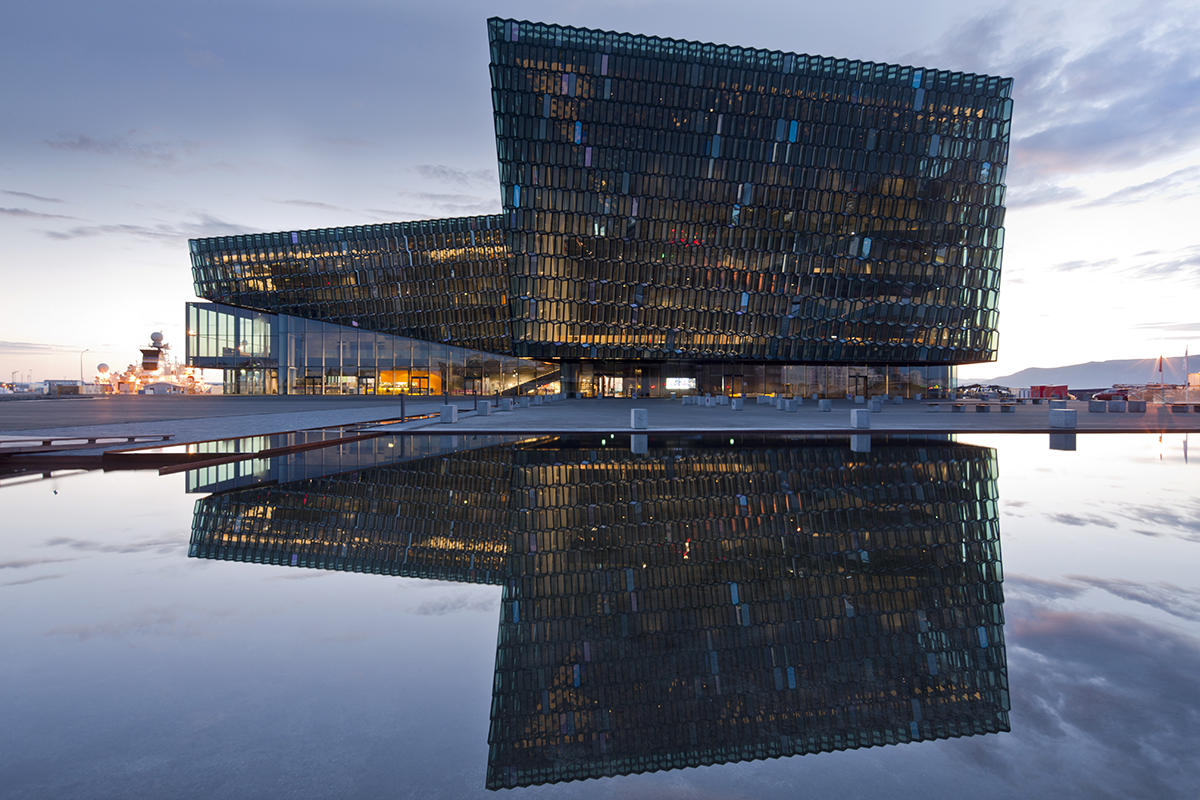
Façade of Harpa Reykjavík Concert Hall and Conference Centre (2005–11)
Eliasson’s studio is in a former brewery and chocolate factory in Prenzlauer Berg in Berlin, an area that was once part of the city’s Soviet Sector during the days of the German Democratic Republic and a haunt of intellectuals, artists and East Germany’s gay community. Eliasson splits his time between Berlin and Copenhagen, where his art historian wife, Marianne Krogh Jensen lives with the two children they adopted from Ethiopia. The huge four-storey studio is home to a collective of around 80 artists, architects, engineers, developers and researchers. Each floor is a distinct hive of creative activity. Eliasson is certainly not the first artist to run a collective. Andy Warhol’s Factory in New York springs to mind, but Eliasson and his studio work very much as a collaborative team – he likes to call it ‘The Lab’. He is, however, no ringmaster: “I have always insisted on an open and transparent studio. There is no mystical, magical authenticity idea in keeping me as a kind of mythical figure.”
One of Eliasson’s most celebrated designs involved a collaboration with Copenhagen- based architectural firm Henning Larsen and Icelandic studio Batteríið Architects. Inspired by basalt crystals found in the geology of the dramatic Icelandic landscape, Eliasson’s glass façade design for the Harpa concert hall in Reykjavík scattered reflections of the surrounding harbour, the fluid sky above and the looming Mount Esja across the bay. By night Harpa is a glittering spectacle of light. The building is in a constant flux of visual metamorphosis, which constantly alters perceptions. No one minute is the same. “The object is not necessarily the most interesting part about art, says Eliasson. “It is what the object does to me when I look at it or engage in it that is actually interesting. You are somehow provoked into a more negotiating role because you think, ‘What am I looking at?’ Then you are also more likely to enquire, ‘Well, what does looking actually mean and why am I seeing things the way I see it?’”
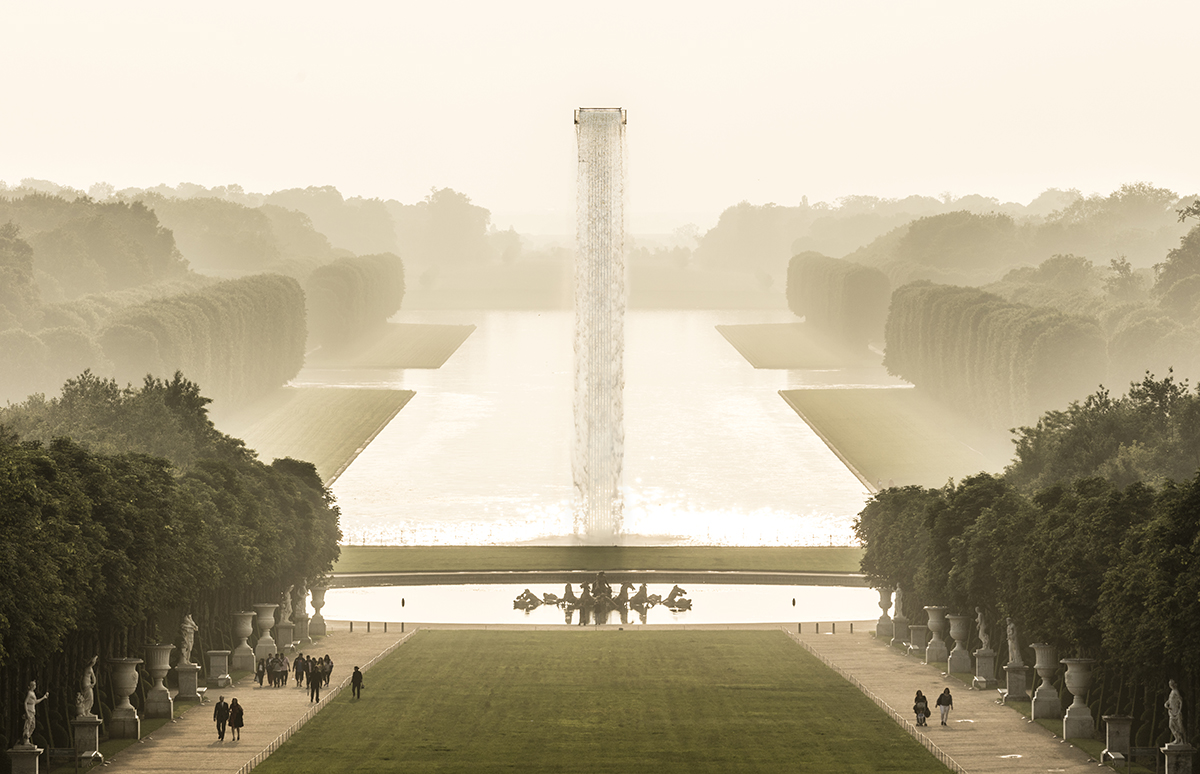
‘Waterfall’ (2016) at the Palace of Versailles
Eliasson was born in Copenhagen but returned often to Iceland after his parents separated when he was eight. His father was a cook on fishing boats as well as an artist, his mother a seamstress. Growing up in Scandinavia, the varying light, storm winds, bible-black winter nights, crystalline ice and vibrant norðurljós (northern lights) all infused Eliasson’s imagination. During the long summer holidays of his youth, Eliasson returned to Iceland to spend time with his parents and grandparents. The Icelandic landscape has been a lasting source of inspiration to him, particularly in its unique power to challenge how as an artist you interpret place and space through its beautiful yet unfamiliar and primal character. Eliasson tells me he likes to sit in his Reykjavík studio for inspiration because of the extraordinary quality of light in Iceland due to the island’s high latitude. As a boy he recalls that during the oil crisis of the 1970s, the Icelandic government used to switch the power off at 8pm to save energy, announcing the blackout by ringing the church bells. Eliasson fondly remembers the long, haunting twilights of dense colours and long shadows that were the only source of light.
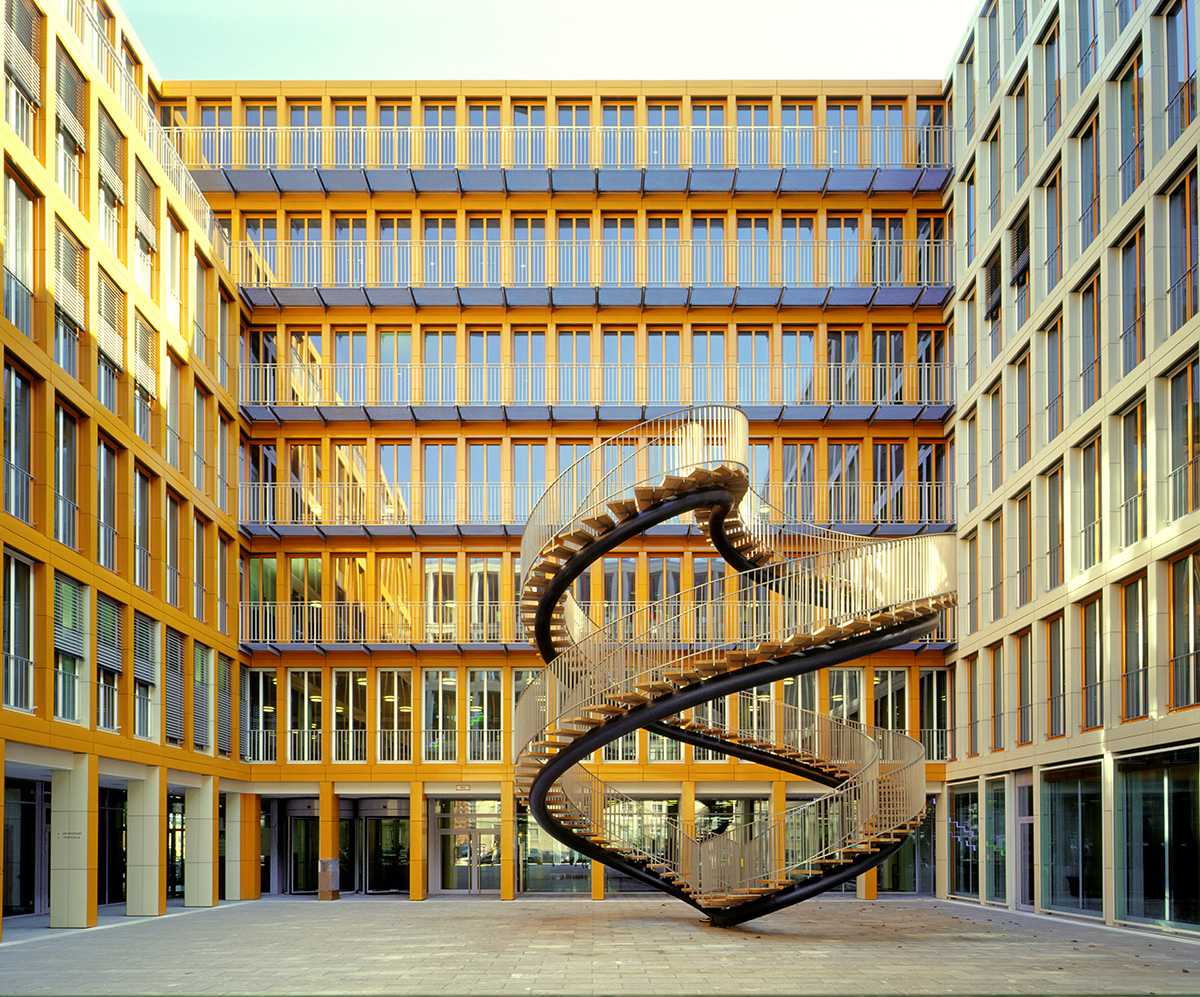
‘Umschreibung’ (2004) at KPMG Deutsche Treuhand-Gesellschaft, Munich
At 15 Eliasson had his first solo show, of landscape drawings in Denmark. “My father was an artist who influenced me and both my mother and him were more focused on me feeling successful with what I did,” he reflects. “When I did crazy doodles, they would say, ‘This is a great drawing’ instead of ‘This is not a house’. My father would say, ‘Why don’t you just fill in the blanks and it may end up being a dog or cat?’ I realise now that this was not so bad because it gave me the confidence that something abstract actually had the potential of becoming meaningful. This is something I have carried throughout my life.” After studying at the Royal Danish Academy of Fine Arts, Eliasson moved to New York and worked for the Canadian minimalist artist Christian Eckart in Brooklyn. In the mid 1990s, he moved to Berlin, then a new cultural frontier following the fall of the Wall.
Read more: 6 Questions with renowned British art collector Frank Cohen
During the financial crisis Eliasson had an idea that he could save the Icelandic economy by buying all the grey sheep running around the country. Grey sheep are less popular than black or white sheep with farmers as they are harder to spot in the autumn, when they are rounded up and brought down from high mountain pastures where the grey sheep are indistinguishable from the rocks and the ground. “As an idea, a grey sheep is indecisive, it is a making-your-mind-up-as-you-go kind of sheep,” he says, with a bit of mischief. Eliasson’s plan was to farm these sheep in the harsher northern fjords where they would graze on wild berries and grasses. “The southern sheep are generally grass-fed sheep fattened up like turkeys in Kentucky,” he points out. “The texture of the wilder sheep meat is a lot darker, like deer.” Eliasson reveals he envisaged making his own version of Icelandic blóðmör blood sausage but with a North African twist, adding dates, onions, raisins and truffle oil. “People thought I was insane,” he says. “I guess Icelanders are not so much into North African food considering the history of the Tyrkjaránið pirate raids by the Barbary corsairs on the Vestmannaeyjar [a small archipelago off the south coast of Iceland] in 1627. I realised that I had probably contributed to the financial crisis rather than saved it but I tell you this sausage was amazing!”
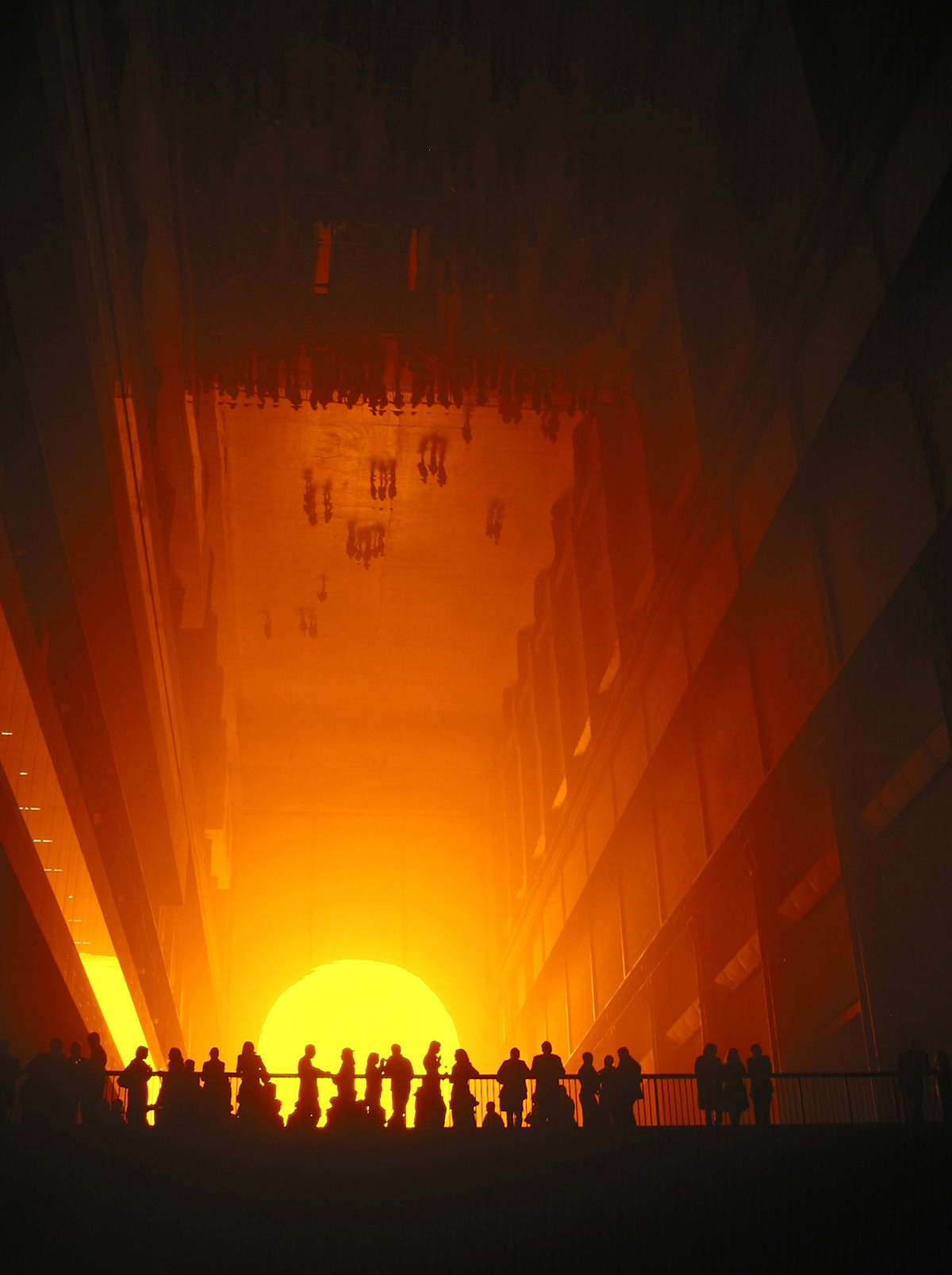
‘The Weather Project’ (2003) at Tate Modern, London.
Amongst the sketches, models and large collection of vintage light bulbs in Eliasson’s studio there is an archery target. For inspiration, the artist will often pick up a bow and shoot an arrow into it. A lucky bulls-eye indicates a ‘yes’. It reveals Eliasson’s particular approach to his work. “I love supporting the people around me who I believe in and trust,” he says. “I learn so much from them, so it is a nice exchange. It’s a great luxury to be working with chefs, scientists or politicians. As long as I don’t start to cook or make science. I get stressed when I boil an egg.”
Answering the call
“This is a kind of profession you end up in,” says 29-year-old Victoría Elíasdóttir, who Condé Nast Traveller hailed in 2016 as one of the ‘10 Young Chefs to Watch’. “I kind of did,” she adds but then adds, “No, I kind of didn’t.”
Born in Denmark but raised in Iceland from infancy, Elíasdóttir grew up with food. After travelling around South America in 2007, she returned to Iceland and went to college. “Society said that being a chef was bad for your body, it’s not family friendly, you drink a lot and do drugs,” she says. “I tried graphic design and psychology. I started all these things but I always ended up talking about food, talking to my classmates and teachers about what I cooked yesterday, what I was going to cook tomorrow. In the end one of my classmates said ‘Why don’t you just give in?’”
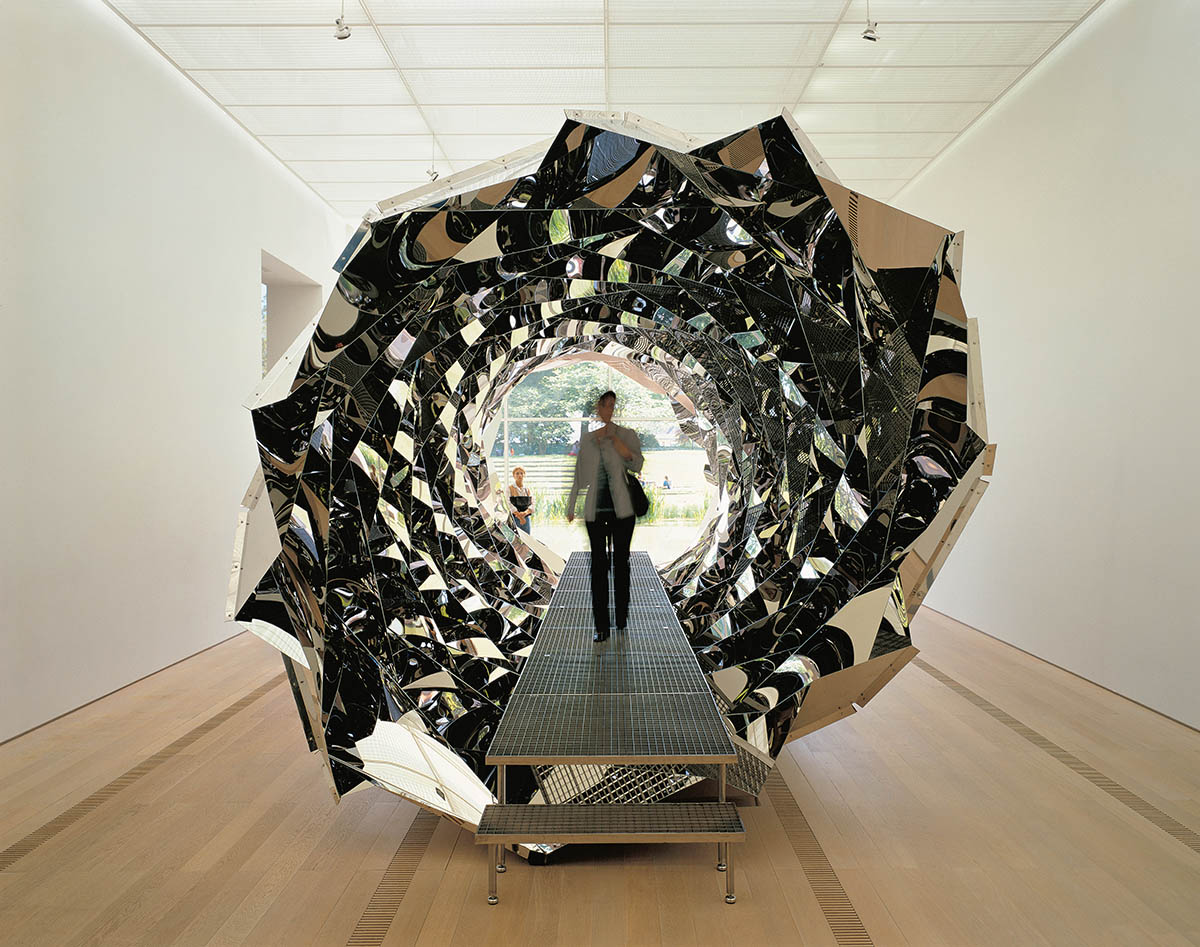
‘Your Spiral View’ (2002), installation view at Fondation Beyeler, Basel
Elíasdóttir went to chef school in Reykjavík and initially found it tough: “My initial experience of being a chef was not very encouraging. On the other hand, I have always been drawn to things that kick up the adrenaline in a way.” After graduation she worked as head chef in a small summer hotel in southern Iceland, an idyllic place by a lake filled with wild trout and which grew its own tomatoes and cucumbers. There followed a stint at Chez Panisse in California under the eyes of culinary visionary Alice Waters before ending up in Berlin and helping run her big brother’s studio kitchen.
In 2015 she opened Dottír, a temporary restaurant in Berlin’s Mitte that occupied a building that had been a Stasi surveillance centre. It was a hit, with inventive dishes such as beet-infused salmon served raw and North Sea cod with Jerusalem artichoke cake, creamy sauce and trout roe. “Beetroot has been something that has been with me from as early as I can remember,” Elíasdóttir enthuses. “When I was child my mother used to serve it to me on a piece of rye bread with liver paté.” She also has a fondness for lakkrís (liquorice) and uses it when she can.
Elíasdóttir also caters for high-end corporate events. She recently created a seven-course vegetarian menu for Mercedes-Benz. “Everyone was a bit sceptical but afterwards I had comments from these big men, used to lobster and meat dishes, saying, ‘I don’t feel like I missed anything!’”
Avoiding the tired New Nordic cuisine label, the heart of her cooking is avowedly rooted in Scandinavian gastronomy. Think simple fresh seafood, herbs and regional, seasonal produce. “We have great farmers here in Iceland,” explains Elíasdóttir.
Sci-fi by design
Acclaimed French director Claire Denis’s new film, the sci-fi drama High Life, boasts a spaceship designed by Olafur Eliasson. Denis, best known for her widely praised films including the existential Foreign Legion drama Beau Travail (1999) and avant-garde vampire story Trouble Every Day (2001), has made her first English language film also her first foray into science-fiction.
High Life stars Juliette Binoche and focuses on a group of miscreant astronauts on a mission to reach a black hole in search of an alternate energy source. Eliasson’s involvement is his first work for a feature film but his second collaboration with Denis – together they made short film Contact in 2014 that explored themes of black holes and abstraction. Denis and Eliasson’s mutual fascination for these phenomena is evident in High Life, a story that Denis has been nurturing for 15 years. High Life opens in spring 2019.
‘Olafur Eliasson: In real life’ is at Tate Modern, London from 11 July 2019 to 5 January 2020. For more information visit: tate.org.uk and olafureliasson.net
This article was originally published in the Summer 19 Issue.
Recent Posts
Archives
- December 2025
- November 2025
- October 2025
- September 2025
- August 2025
- July 2025
- June 2025
- May 2025
- April 2025
- March 2025
- February 2025
- January 2025
- December 2024
- November 2024
- October 2024
- September 2024
- August 2024
- July 2024
- June 2024
- May 2024
- April 2024
- March 2024
- February 2024
- January 2024
- December 2023
- November 2023
- October 2023
- September 2023
- August 2023
- July 2023
- June 2023
- May 2023
- April 2023
- March 2023
- February 2023
- January 2023
- December 2022
- November 2022
- October 2022
- September 2022
- August 2022
- July 2022
- June 2022
- May 2022
- April 2022
- March 2022
- February 2022
- January 2022
- December 2021
- November 2021
- October 2021
- September 2021
- August 2021
- July 2021
- June 2021
- May 2021
- April 2021
- March 2021
- February 2021
- January 2021
- December 2020
- November 2020
- October 2020
- September 2020
- August 2020
- July 2020
- June 2020
- May 2020
- April 2020
- March 2020
- February 2020
- January 2020
- December 2019
- November 2019
- October 2019
- September 2019
- August 2019
- July 2019
- June 2019
- May 2019
- April 2019
- March 2019
- February 2019
- January 2019
- December 2018
- November 2018
- October 2018
- September 2018
- August 2018
- July 2018
- June 2018
- May 2018
- April 2018
- March 2018
- February 2018
- January 2018
- December 2017
- November 2017
- October 2017
- September 2017
- August 2017
- July 2017
- June 2017
- May 2017
- April 2017
- March 2017
- February 2017
- January 2017
- December 2016
- November 2016
- October 2016
- September 2016
- August 2016
- July 2016
- June 2016
- May 2016
- April 2016
- March 2016
- February 2016
- November 2015
- September 2015
- June 2015
- May 2015
- March 2015
- September 2014
- August 2014
- July 2014
- May 2014
- April 2014
- March 2014
- February 2014
- January 2014
- December 2013
- November 2013
- October 2013
- September 2013
- August 2013
- July 2013
- June 2013
- April 2013
- March 2013
- February 2013
- September 2012
- July 2012
- June 2012
- March 2012
- February 2012
Categories
- Adventure Travel Issue
- Aesthete Issue
- Architecture
- Art & Design
- Art & Photography
- Art collectors
- Autumn 19
- Autumn/Winter 2020/2021
- Autumn/Winter Issue
- Bespoke Issue
- Business
- Cars
- Cars & Collectibles
- Case Study
- Celebrities
- Culture
- Culture Issue
- Design Issue
- Dining Issue
- Earth Issue
- Family Issue
- Fashion & Jewellery
- Features
- Food
- Future Luxury Issue
- Health
- Hedonism Issue
- Image Issue
- Italy Issue
- Latest Stories
- Leaders & Philanthropists
- Leaders Slider
- Love Issue
- Luxury Travel Issue
- New Luxury Issue
- Online Exclusive Slider
- Opinion
- Spring 2020
- Summer 19 Issue
- Summer 2020
- Summer 2021
- Sustainability
- Taste Issue
- The Beauty Issue
- Travel
- Uncategorized
- Water Issue
- Winter 19 Issue
Popular Posts
Categories
- Adventure Travel Issue
- Aesthete Issue
- Architecture
- Art & Design
- Art & Photography
- Art collectors
- Autumn 19
- Autumn/Winter 2020/2021
- Autumn/Winter Issue
- Bespoke Issue
- Business
- Cars
- Cars & Collectibles
- Case Study
- Celebrities
- Culture
- Culture Issue
- Design Issue
- Dining Issue
- Earth Issue
- Family Issue
- Fashion & Jewellery
- Features
- Food
- Future Luxury Issue
- Health
- Hedonism Issue
- Image Issue
- Italy Issue
- Latest Stories
- Leaders & Philanthropists
- Leaders Slider
- Love Issue
- Luxury Travel Issue
- New Luxury Issue
- Online Exclusive Slider
- Opinion
- Spring 2020
- Summer 19 Issue
- Summer 2020
- Summer 2021
- Sustainability
- Taste Issue
- The Beauty Issue
- Travel
- Uncategorized
- Water Issue
- Winter 19 Issue
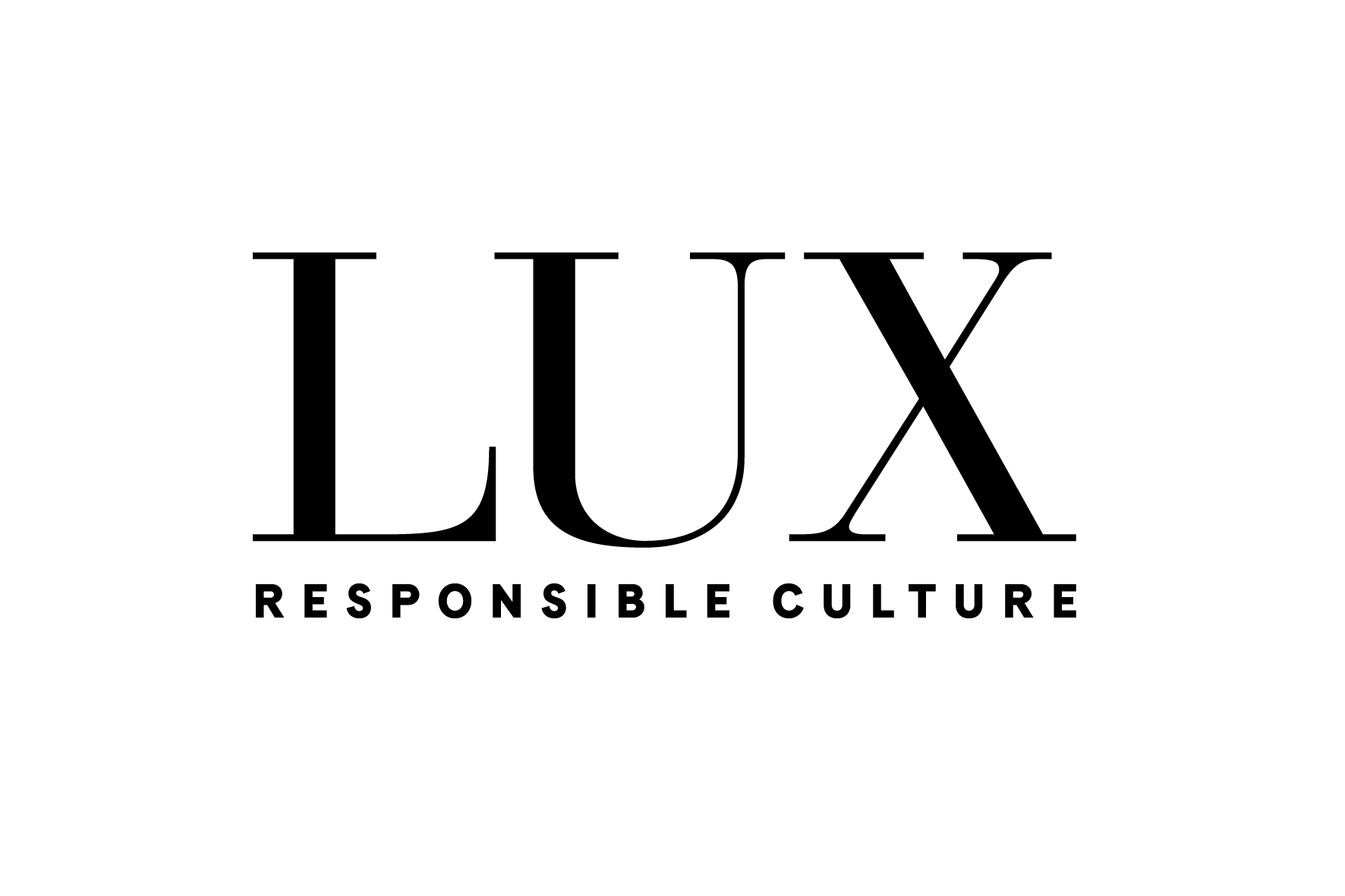
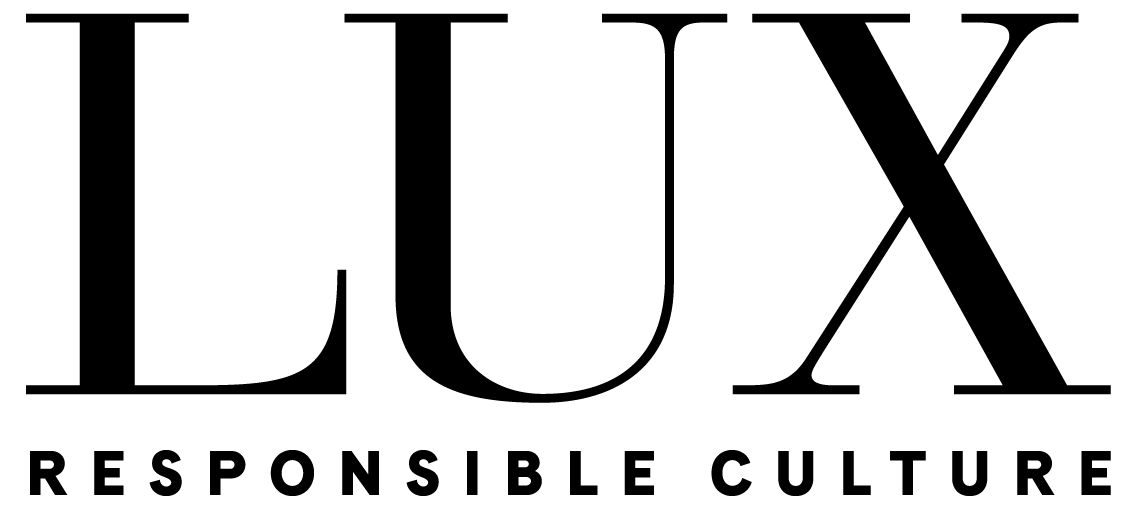

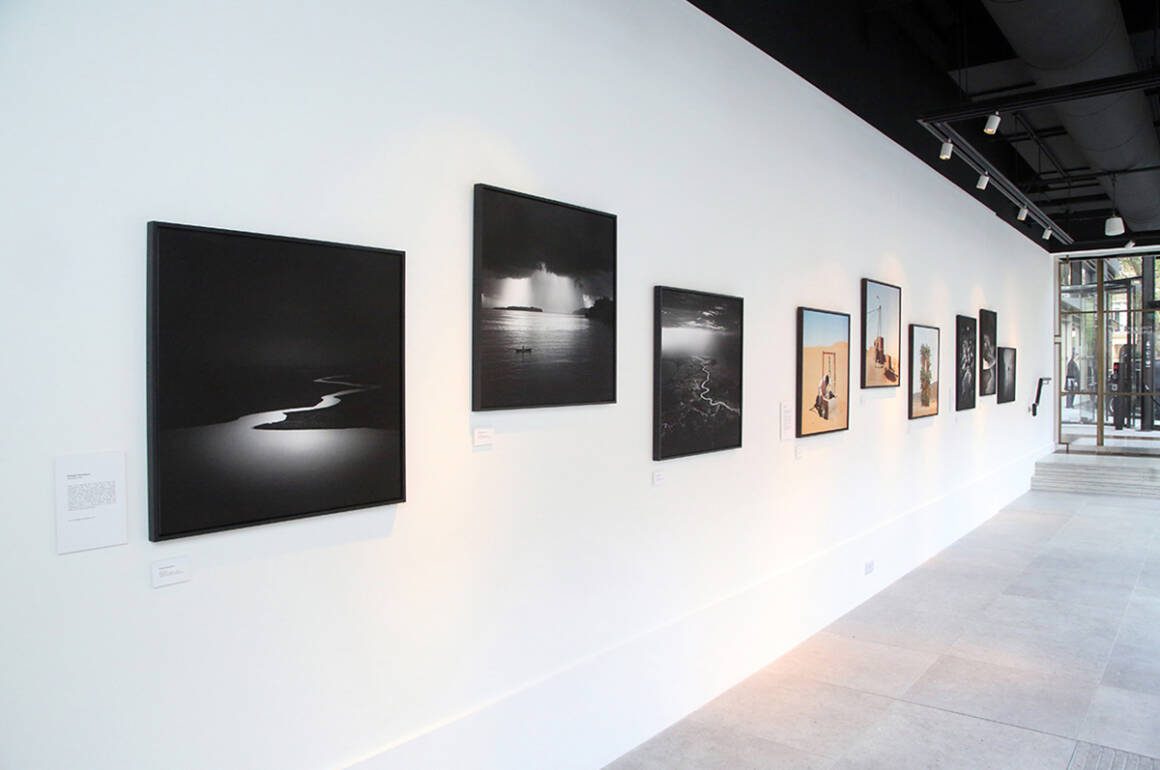
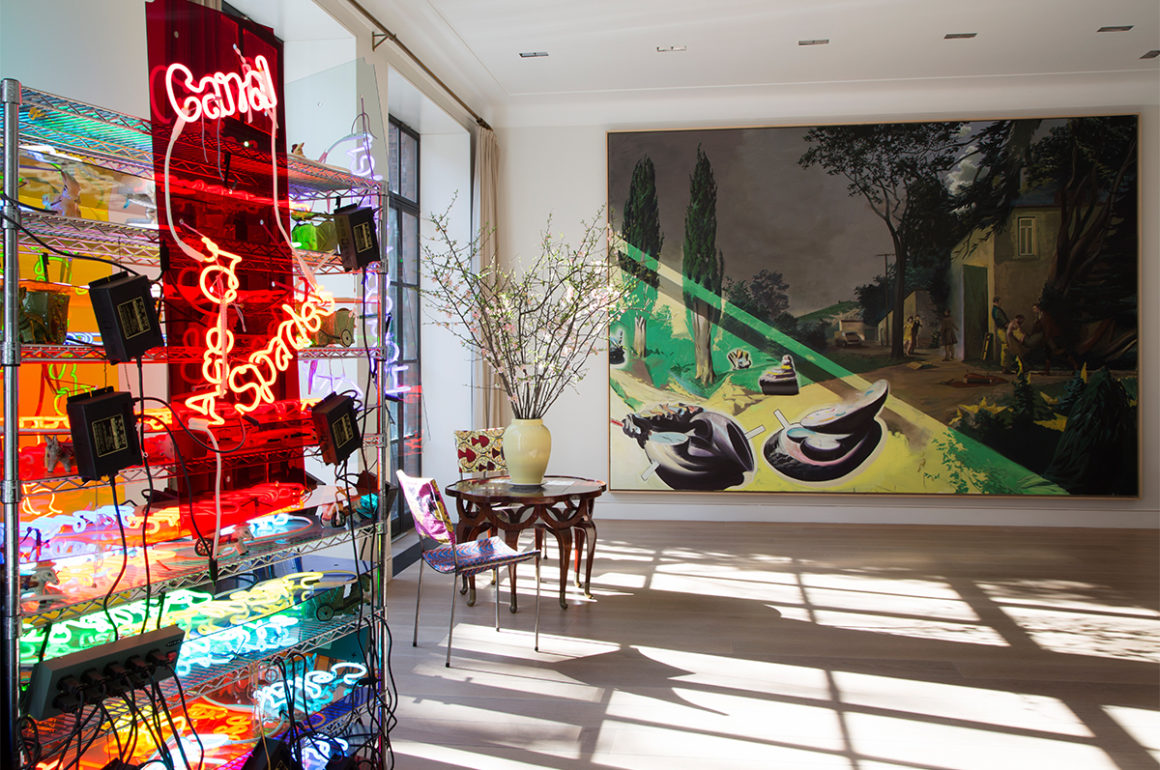
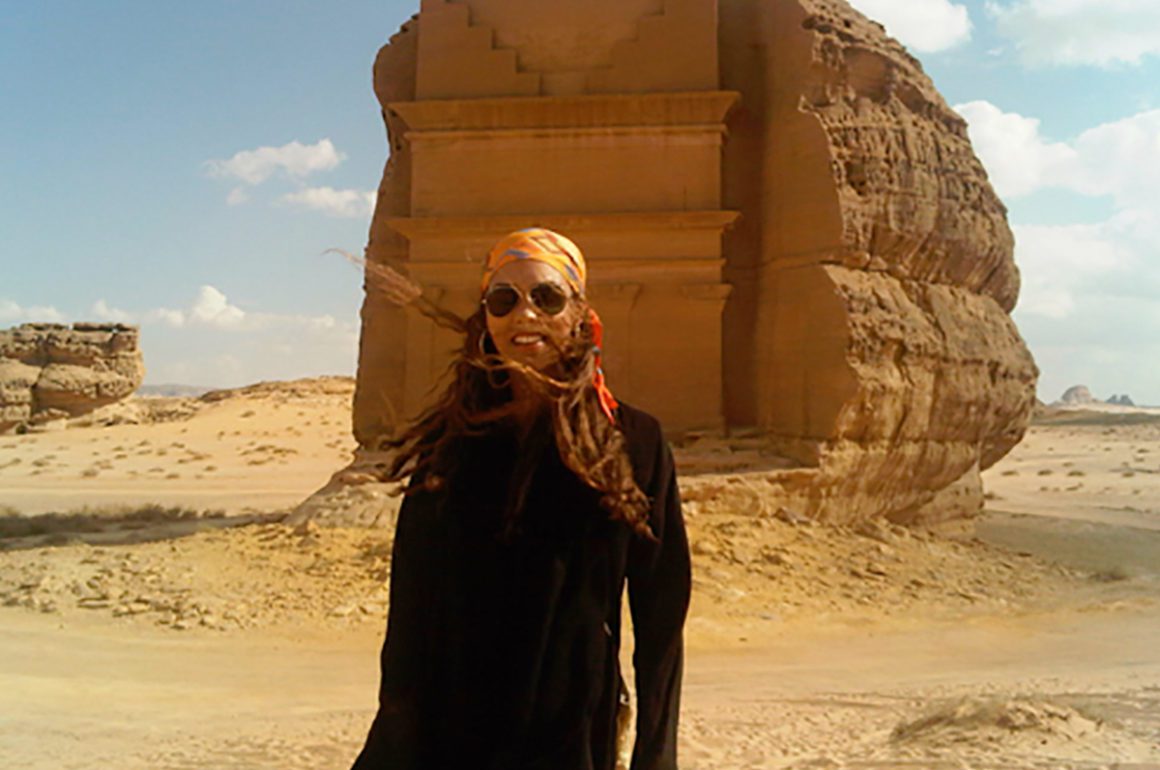
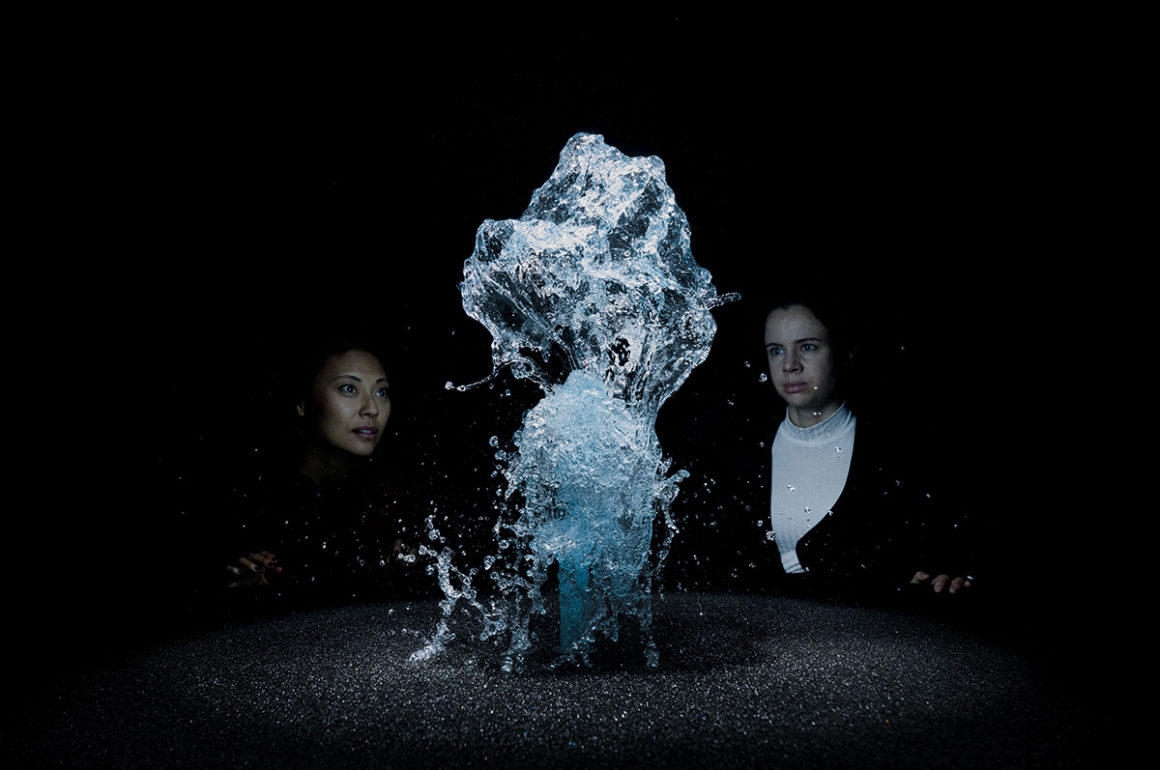



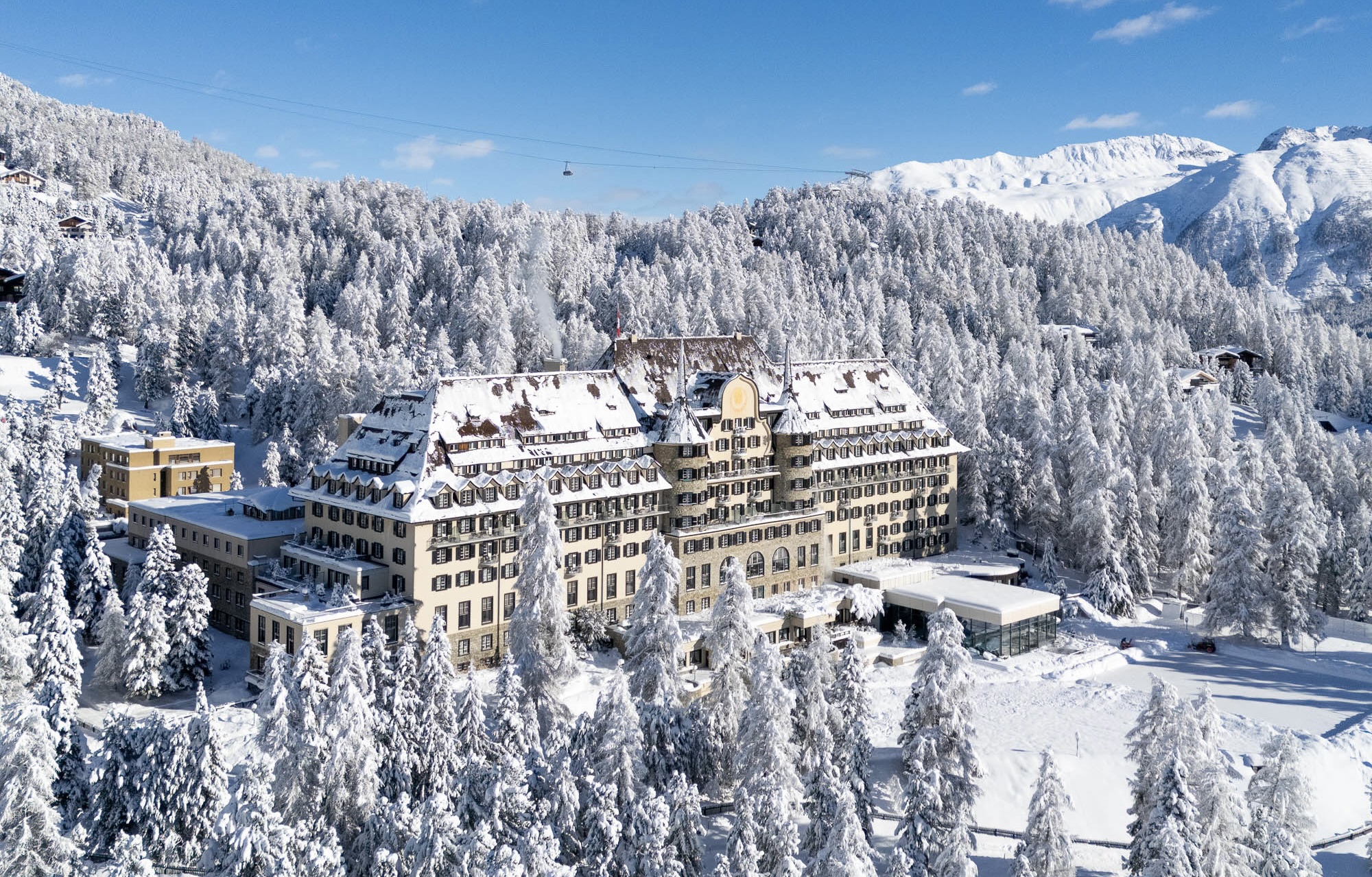
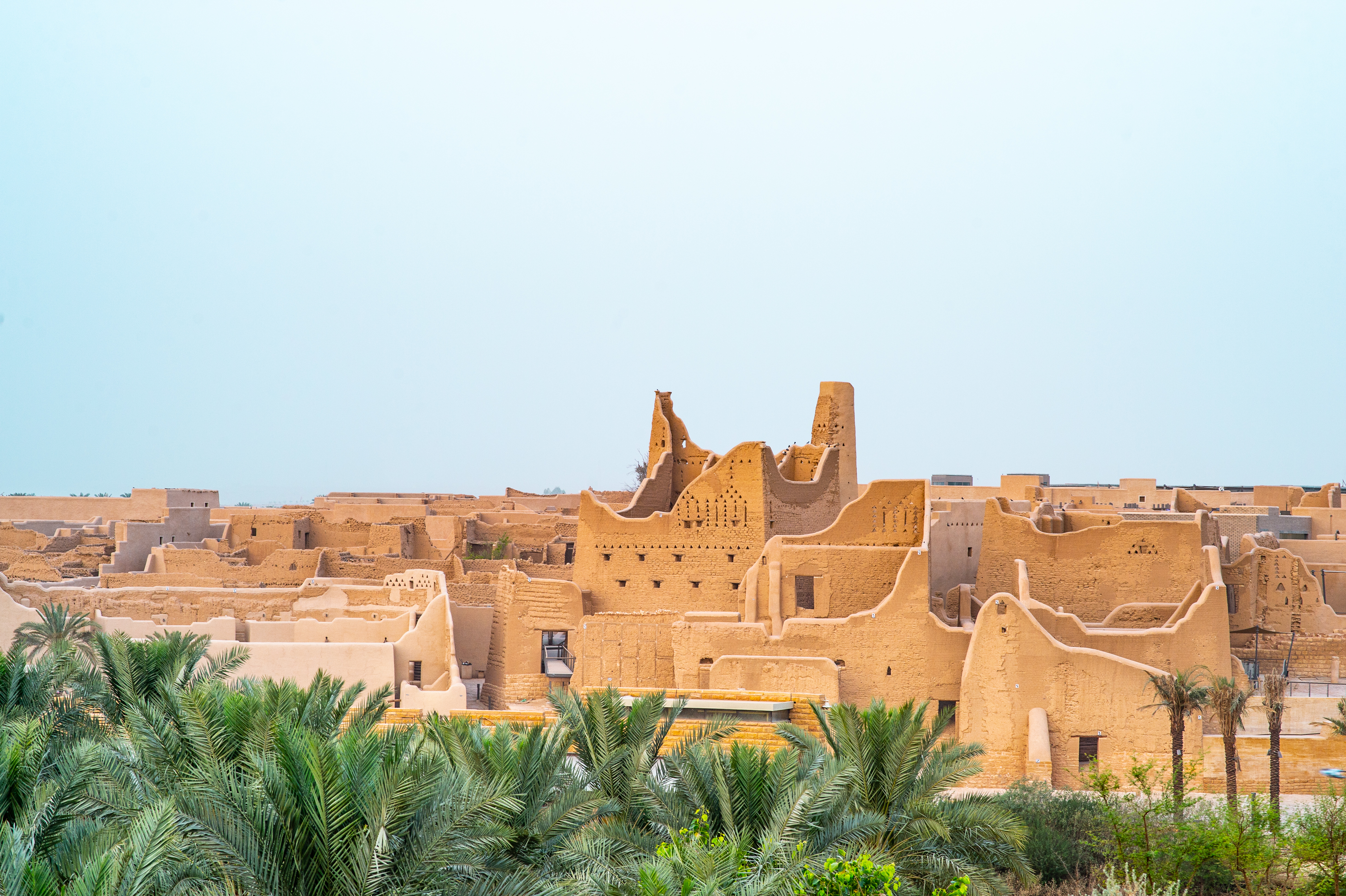
Recent Comments